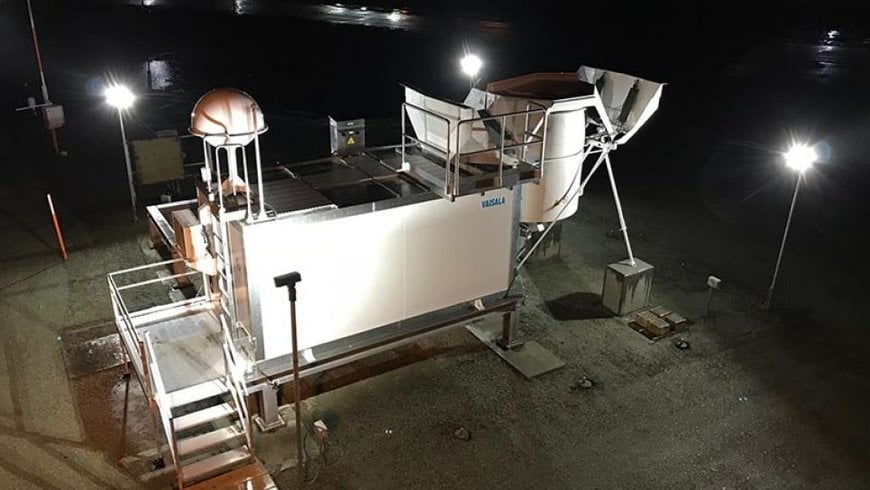www.ptreview.co.uk
16
'20
Written on Modified on
Vaisala completes NOAA automatic sounding system project in Alaska
NOAA’s National Weather Service will leverage the success of its relationship with Vaisala on last year’s Alaska project, delivering an additional eight fully automated sounding systems across the continental U.S.

Vaisala, a global leader in weather, environmental, and industrial measurement, today announced the successful completion of a project with National Oceanic and Atmospheric Administration (NOAA)’s National Weather Service (NWS) to automate upper-air observations in Alaska. NOAA has now contracted Vaisala to deploy an additional eight Vaisala AUTOSONDE® AS15s, the company announced at the 100th AMS Annual Meeting.
“Manually launched radiosondes have been essential weather forecasting tools for decades. From time and cost savings and the ability to work in a wide range of climates and environments to equivalent data quality and availability, our project revealed that automating the process of releasing weather balloons makes good business sense for the NWS,” said Matt Jones, Vice President, Weather and Environment Americas at Vaisala.
In addition to two previously automated sites, the Alaska project saw the installation of Vaisala’s AUTOSONDE® technology across 11 of the state’s upper-air stations. The project is part of a broader agency initiative to migrate the signal used to transmit radiosonde data out of the radio frequency now used by NOAA’s GOES satellites. With the new deployments in the continental U.S., there will be eight operational AUTOSONDEs, in addition to two existing locations that are being used for training and logistics support.
Used by the NWS for over 80 years, radiosondes measure wind speed and direction, air pressure and temperature and relative humidity, generating the information meteorologists need to produce forecasts that serve to protect life and property. In similar fashion as manually launched balloons, the weather balloons used in automatic soundings are filled with hydrogen or helium and ascend 22 miles above earth through the troposphere and into the stratosphere.
The devastating impacts of extreme weather events can be reduced by taking advanced action, which is why weather forecasting is crucial and underpins the NWS Weather-Ready Nation program’s mission to protect life and property from extreme weather, water and climate events. In light of an increase in costly severe weather incidents and climate disasters over recent years, collecting weather forecasting information is more important than ever, and the Alaska project demonstrated automatic sounding systems guarantee a 97% success rate.
Automating upper-air activities enables NOAA to improve employee recruitment and retention and maximize its resources and budget. By achieving all of the scheduled launches, AUTOSONDEs enable trained meteorology professionals to work on more pressing tasks, such as supporting decision-makers in the field, providing weather support for emerging needs or for enhanced forecasting. Automation also makes it easier to launch extra soundings to collect additional data ahead of major weather events.
Radiosondes are launched twice a day at 92 sites across the U.S., including 13 in Alaska. The launches in Alaska generate data that are especially important to support downstream forecasts for the continental U.S. Automating the launch process guarantees timely data is collected so that decision-makers have the information they need to effectively protect people and property.
www.vaisala.com

